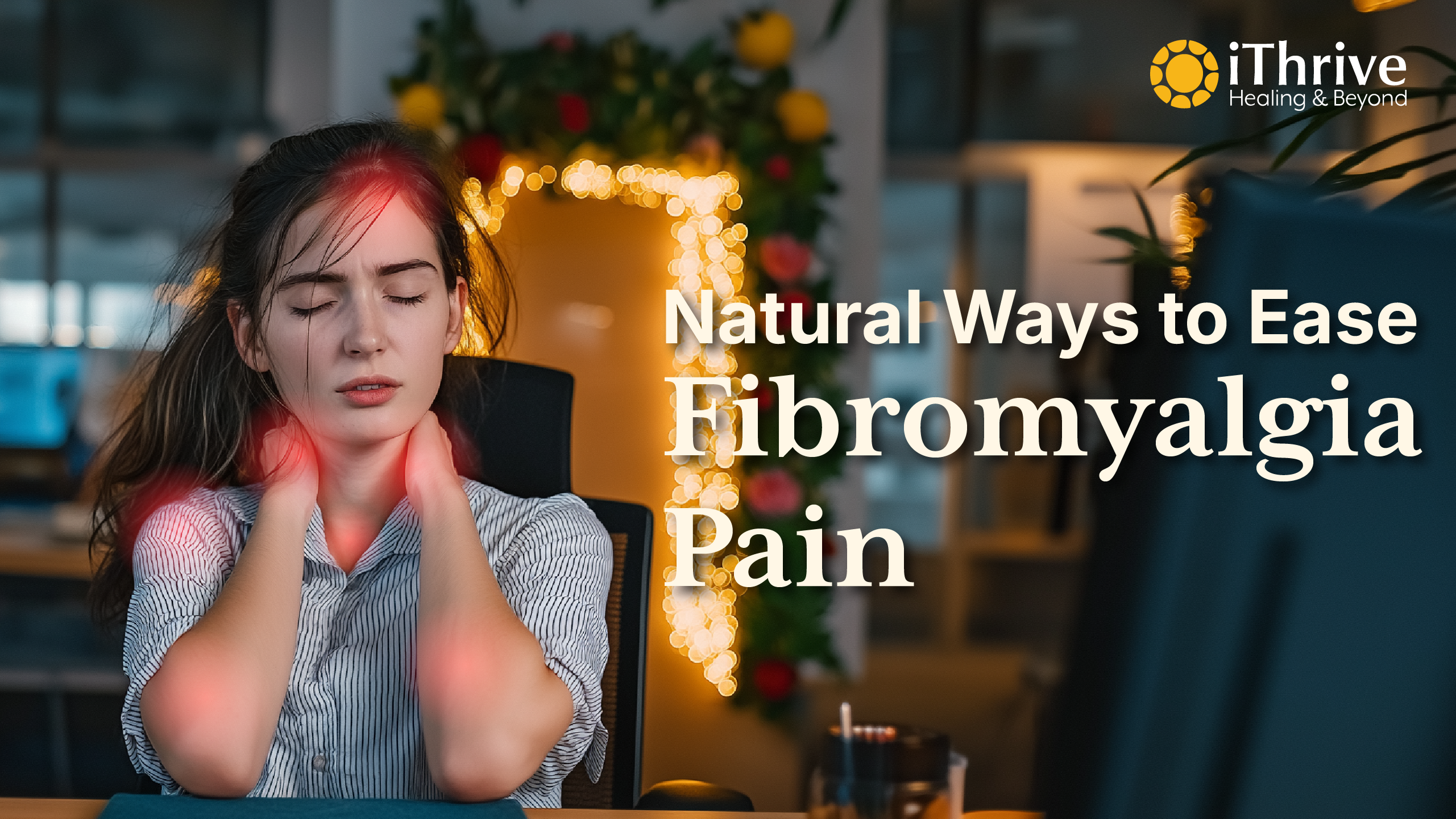Understanding Candidiasis -
Usually a variety of bacteria and fungi grow on our skin. Some are found to be friendly, and our body uses them in order to carry out ordinary functions. However, some can be found to be dangerous and cause infections if the number increases exponentially. The scale stays balanced until disruption occurs from stress, a poor diet, a weakened immune system or an uncontrolled medical condition. Candidiasis in a fungal infection caused by an outgrowth of yeast, Candida. Candidiasis occurs most commonly as a secondary infection in immunocompromised individuals. Commonly affecting the oral cavity, gastrointestinal tract, vagina, penis, or other parts of the body.
Since, Candida is difficult to treat but comprehensive functional medicine can help. There are pharmaceutical agents which can get rid of candida but repeated antifungal drugs mute the effect the drug has on the fungus.
Exploring the types of Candidiasis -
- Vaginal Candidiasis - Most commonly occurred that causes itching, vaginal soreness, redness and abnormal vaginal discharge.
- Oral candidiasis - Causes creamy white lesions, usually on your tongue or inner cheek and might spread to the roof of your mouth, gums or tonsils, or the back of your throat. Result in redness and soreness in the region.
- Candida granuloma- A chronic infection found to affect your skin, scalp, mouth or fingernails.
- Invasive candidiasis (systemic candidiasis)- A serious infection that occurs throughout your body, often in your bloodstream or on the membrane lining of your heart or skull. It is caused due to a weakened immune system.
What causes Candidiasis?

Candidiasis can affect anyone as a yeast naturally lives on the skin surface and the balance between yeast and healthy bacteria can be easily disturbed. It is a common condition, usually Vaginal Candidiasis affects around 75% of people with vagina about once in their lifetime. Causes of an imbalance leading to candidiasis may include:
- Having weakened immune system
- Stressed lifestyle
- Unmanaged and poorly treated diabetes
- Wearing dentures
- Consuming antibiotics, steroids, hormones, or birth control pills.
- Eating a diet high in refined carbohydrates, sugar or yeast.
- Having pregnancy, cancer and AIDS.
Digging into Antifungal Treatment -
Antifungal drugs are the medication used to treat infections by either killing or by reducing the growth. There are pharmaceutical agents which can get rid of candida but repeated antifungal drugs mute the effect the drug has on the fungus. Hence, consulting your healthcare provider is a must.
In the Functional Medicine approach, in addition to reducing the candida overgrowth it works by analysing and treating the root cause. This ensures that the candida doesn't overgrow again.
Signs and Symptoms-
Some signs and symptoms of candidiasis are -
- Itchy red skin or rash
- Blisters
- White patches that feel lumpy
- Pain or soreness
- Pain during sexual intercourse
- Pain or discomfort when urinating
- Loss of taste
- Cracking and redness at the corners of the mouth
Usually, the signs and symptoms depend on the part of the body that is infected. Different types of infections can cause similar symptoms hence, healthcare providers can test to see if you have candidiasis.
Diagnosing Candidiasis
Your healthcare provider can only diagnose after a physical examination of the affected region. After diagnosis your healthcare expert will recommend several treatment options depending upon the type of candidiasis you have.
Although the majority of skin candidiasis can be easily treated with antifungal drugs, consulting with an expert functional nutritionist and adding supplements to your diet reduces the chances of being affected and boosts your immune system naturally.
Conventional Treatment for Candidiasis -
There are a huge variety of conventional treatments for candidiasis but it is very crucial to discuss it with your healthcare provider.
- Azoles- They interfere with an enzyme that’s important for creating the fungal cell membrane. Because of this, the cell membrane becomes unstable and can leak, eventually leading to cell death.
- Polyenes- Polyenes kill fungal cells by making the fungal cell wall more porous, which makes the fungal cell prone to bursting.
- Allylamine- Like the azole antifungals, allylamines interfere with an enzyme that’s involved in the creation of the fungal cell membrane.
- Echinocandins- Echinocandins are a newer type of antifungal drug. They inhibit an enzyme that’s involved in the making of the fungal cell wall.
Diet and Lifestyle -
An effective way to deal with candidiasis is by following a candida diet. The Candida diet encourages the intake of low-sugar, gluten free, and anti-inflammatory food .Eating a well-balanced plant-based diet is a key to it.
Since, adding certain supplements in your diet is one other component of functional medicine treatment for candida overgrowth. Here are some supplements that are found to be beneficial -
- Oregano oil
- Thyme
- Caprylic Acid
- Probiotics
- Garlic
However, it is very important to consult a functional nutritionist before taking any supplements by yourself. As s number of factors contribute to Candidiasis and the way to heal is by addressing the root causes.
Here are the most important steps in your Candida Cleanse -

- Follow a low-sugar, anti-inflammatory diet to boost your immunity.
- Take a detox supplement to reduce your candida symptoms.
- Use a high-quality probiotic supplement.
- Take a natural antifungal to inhibit and reverse the candida overgrowth.
Facing any of these symptoms and still confused?
Don’t worry we got you covered, check out our recipes of gluten free dishes and our exclusive range of healthcare supplements or consult with our experts now.
Subscribe to our newsletter and receive a selection of cool articles every week



.png)


.webp)

.jpg)





